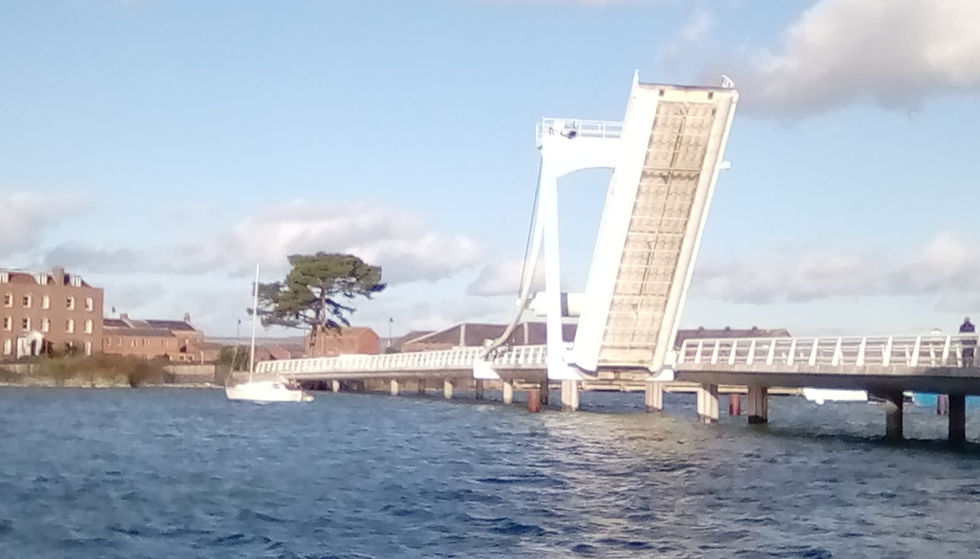
One of the most visually striking legacies of the Millennium Commission in Gosport is the innovative 170m cycle and pedestrian opening bridge which connects Priddy’s Hard with Royal Clarence Yard across the Forton Lake tidal creek.
The “Forton Lake Opening Bridge” was a key Gosport element in the ambitious “Renaissance of Portsmouth Harbour” Project, one of twelve landmark projects selected in 1995 to provide a lasting memorial to celebrate the new Millennium. The Bridge formed the final link in the 3km Millennium Promenade, connecting Priddy’s Hard Heritage Area and Explosion! Museum in the north, to the Royal Navy Submarine Museum in the south, via Gosport Town Centre.
There were several challenges facing Gosport Borough Council and the design and engineering team for the Bridge. Forton Lake is a SSSI (Site of Special Scientific Interest) for migrating birds; the area was heavily bombed during WWII and there was a risk of unexploded ordnance; they needed to deal with the old derelict military bridge and other abandoned structures – and contaminated land.
The way in which the objectives for the Bridge were identified and the selection of the designers and constructors was considered ground-breaking at the time. The Millennium Bridge Project won several awards in 2001.
Today, the Bridge is a popular traffic-free route for pedestrians, cyclists and dog-walkers. It is also a favourite place to watch the comings and goings of the Royal Navy across the water in Portsmouth’s Naval Dockyard.
Kathy Azopardi, a volunteer with community groups Cycle Gosport and Green Travel Hampshire says:
“This bridge is a brilliant piece of engineering and links the communities of Hardway, Priddy's Hard and Royal Clarence Yard to Gosport Ferry and the historic High Street. Early on in the pandemic the bridge became a focal point for people’s daily permitted exercise - a distance marker, a place to relax, escape, enjoy the view and restore the soul.”
A celebration, "Across the Creek: 21 years of Gosport's Millennium Bridge" is taking place on Sat 11th and Sun 12th September 2021, during Heritage Open Days. This is a free event which does not require booking.
There is also a "Bridge User" survey underway. For more information about the survey, click here.
History of the Forton Lake crossing
Forton Lake is a tidal inlet off Portsmouth Harbour approximately 1km long and 150m wide and is a navigable waterway . There is evidence that the creek has been in use since early Saxon times. In the 17th century, a tide mill operated on the west side of the lake. Several boat yards operated from the head of the lake and its use has been continuous. At low tide, several wrecks and hulks become visible, which have themselves been the subject of a number of archaeological surveys.
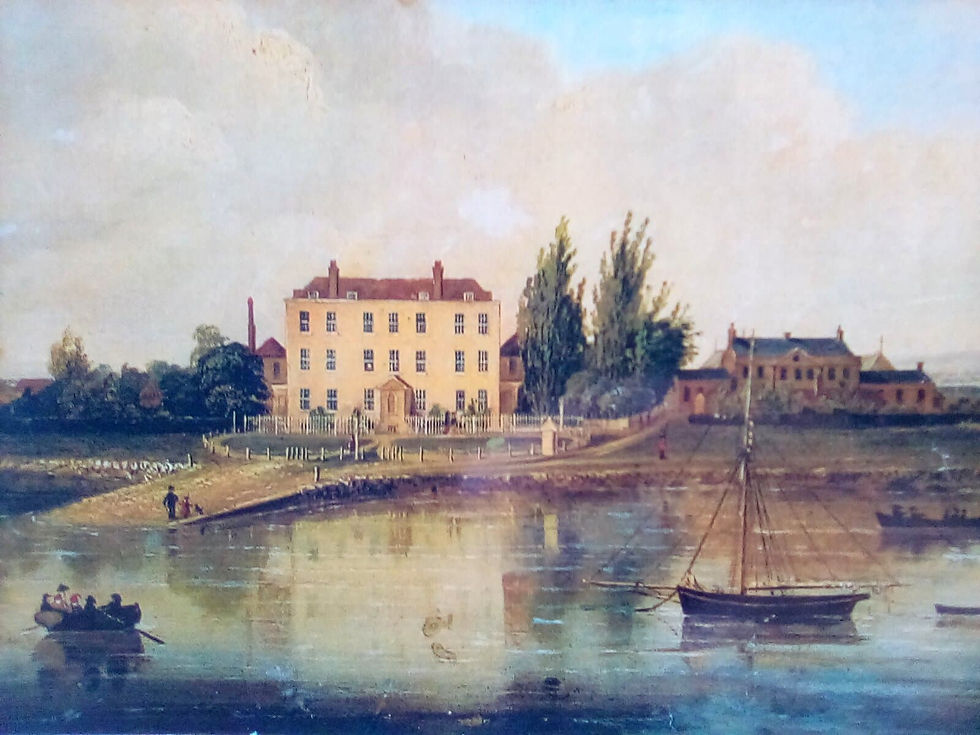
A painting by Martin Snape from the late C19th shows a small ferry boat collecting passengers from the slipway at Priddy’s Hard. OS maps from 1898 mark the crossing as a “ferry”.
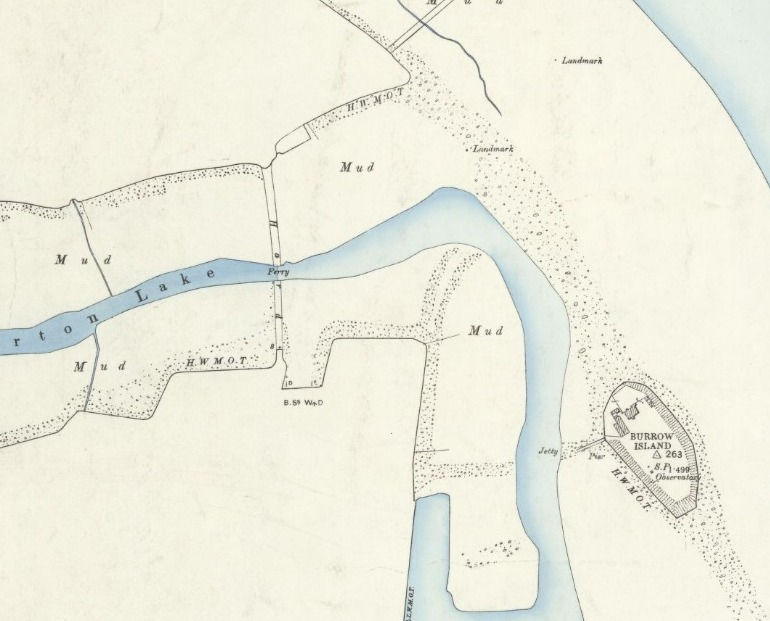
At some point the ferry was replaced by a timber "rolling bridge" which was installed across the creek to allow easier transport of people and goods between the Royal Naval Victualling Yard at Weevil Lane and the Munitions Depot at Priddy’s Hard.
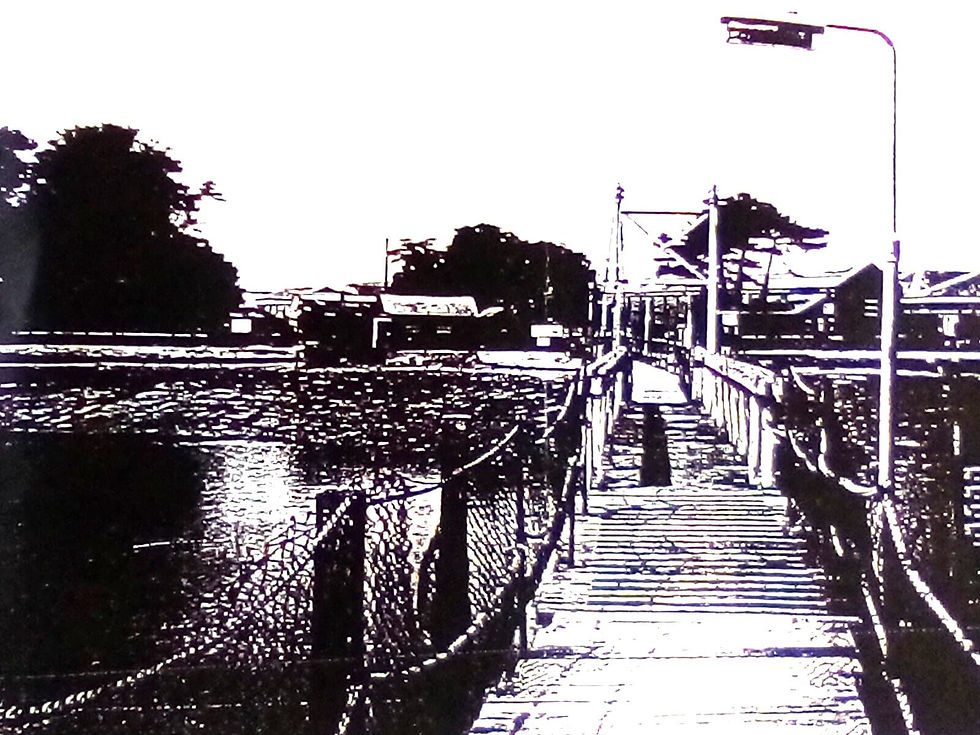
Eventually the opening mechanism of the bridge stopped working and the centre portion was removed so that boats could still get to and from the boat yards at the top of the creek. The old military bridge became derelict.
By the late 1990s the Royal Navy was looking to dispose of its properties at Royal Clarence Yard and Priddy’s Hard and both areas were sold to private developers.
It is presumed that several ideas for reinstating a bridge across the creek were proposed and considered over the years. This finally came to fruition when an ambitious proposal for a new opening bridge was included in the £80m “Renaissance of Portsmouth Harbour” Project selected by the Millennium Commission in 1995. The project included a number of elements both sides of the harbour. The Gosport elements were centred on the new Millennium Promenade and its mosaic artworks which link Priddy’s Hard, the new Forton Lake Opening Bridge, the Time Space Sun Dial by the Falkland Gardens and the Millennium Walkway. The Forton Lake Opening Bridge was completed for around £2.25m.
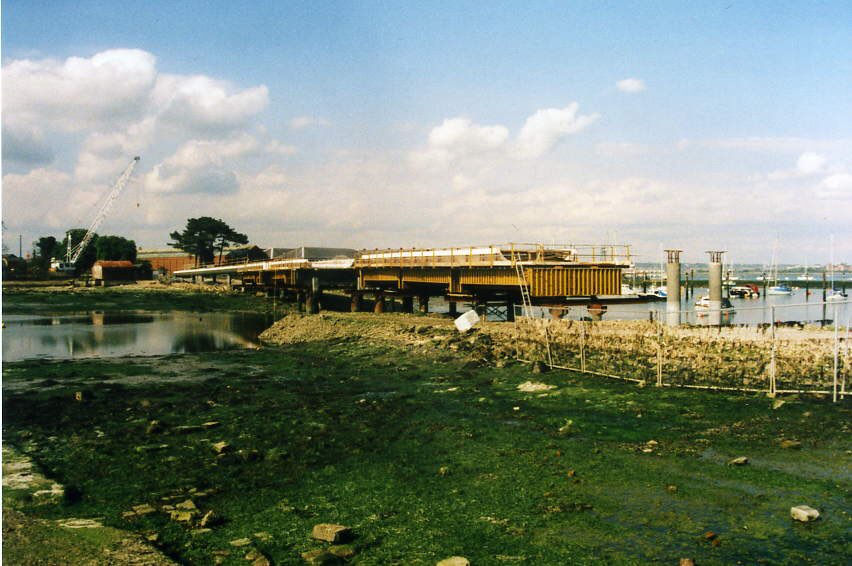
The Bridge was always intended to be a traffic-free, pedestrian and cycling bridge with only emergency vehicles and a proposed electric “road-train” (intended to take tourists from one visitor attraction to another) permitted to use it.
The Bridge was completed by December 2000 and officially operational by Easter 2001.
The innovative way in which the design and construction teams were selected won a Movement for Innovation (M4I) Demonstration Project Award in 2001. The Bridge also won the Institution of Civil Engineers Southern Association Merit Award (2001) and Solent Protection Society Annual Award (2001).
Design and Engineering Notes
The Millennium Bridge Project was run by the University of Southampton Business Engineering Group for Gosport Borough Council. Designed by Maunsell and constructed by May Gurney. The new Bridge design was selected from three potential candidates.
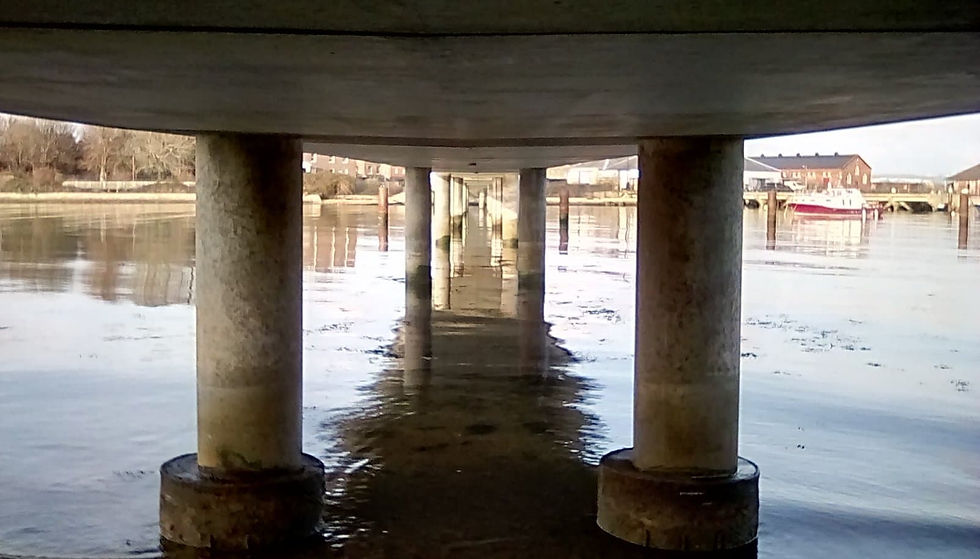
The Bridge design is striking and unique, featuring a lifting mechanism inspired by the ancient Egyptians. The result is a predominantly low-level bridge, skimming across Forton Lake, allowing for a clear view of the rest of the harbour and nearby yacht masts. The construction consists of slender and lightweight concrete viaducts on either side of the creek, with a centre opening mechanism powered by two small 4kw motors. As the opening mechanism starts to lift, the weight of the18m centre part of the Bridge is taken with progressively less and less effort by the finely tuned counterweight, which runs down curved guide rails as the centre of gravity moves towards the hinge points. There is only a small out of balance moment in the whole procedure.
One of the most impressive elements of the design is the way that the natural thermal movement of the viaducts, caused by temperature and other environmental changes, is accommodated by the piles flexing slightly in the soft alluvium lakebed, thus avoiding the need for bearings and more traditional movement joints that are often difficult to maintain.
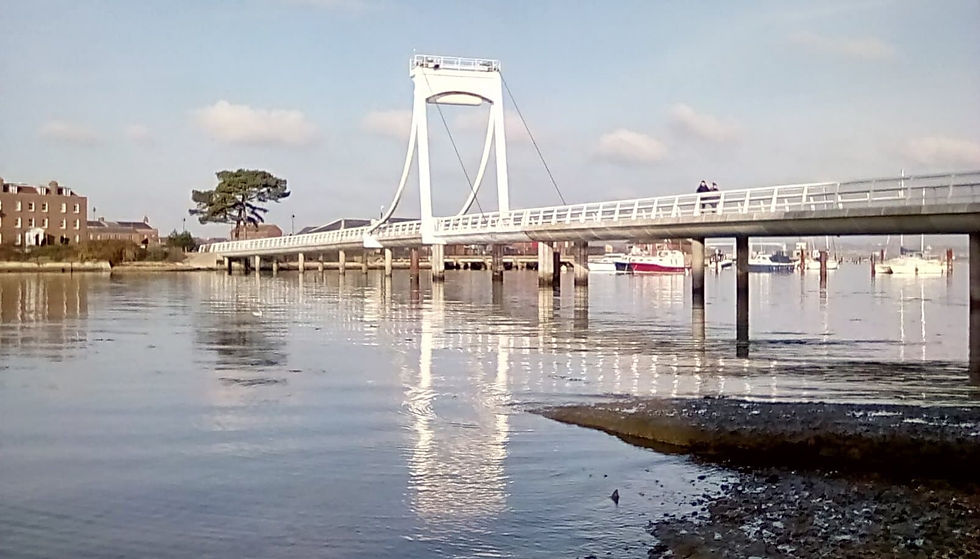
Acknowledgements & sources: Adrian Parker FRICS (former Millennium Project Manager, Gosport); Andrew Broster (Traffic & Transport Dept, Gosport Borough Council); University of Southampton Business Engineering Group (video); various articles from The News, Portsmouth; CITiZAN (Coastal and Intertidal Zone Archaeological Network); Forton Lake Archaeology Project 2009;
Photo & image credits: Grateful thanks to Colin M. Baxter (Marine Artist); the Portsmouth & Gosport History Facebook Group; Hugh Beaver and Phil Nettleton. Historical maps reproduced with the permission of the National Library of Scotland
